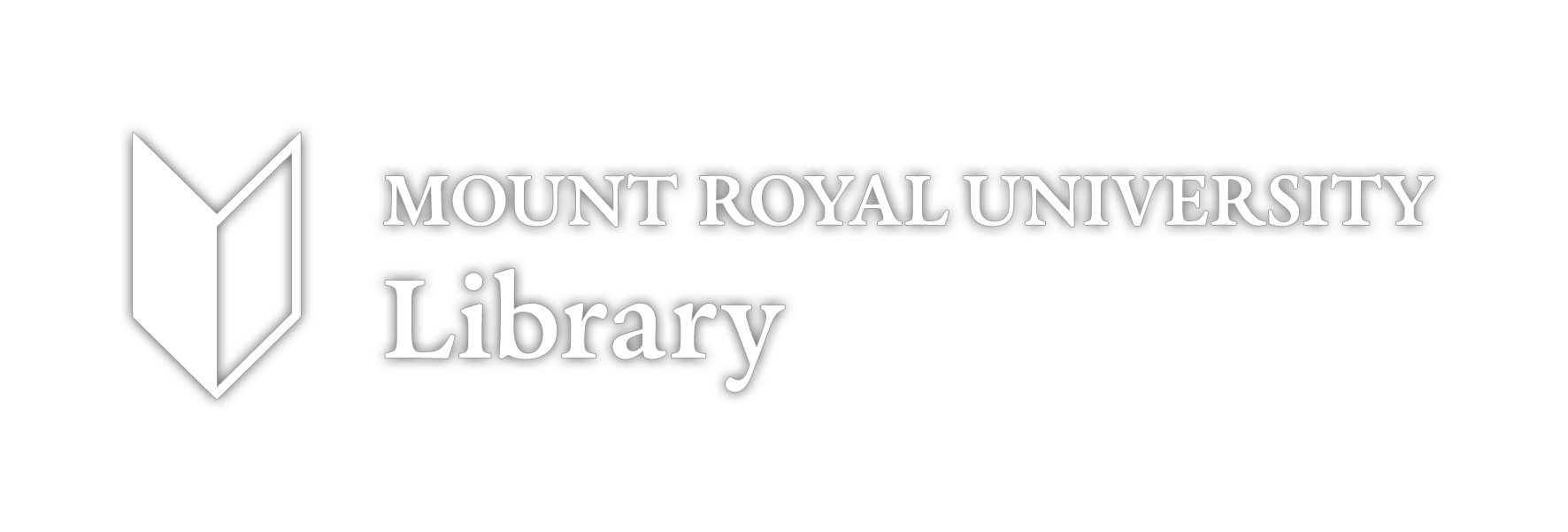Video file
How open is it? Developing a framework for ‘open pragmatism’ through examination of open courseware
Video
| Content type |
Content type
|
|---|---|
| Collection(s) |
Collection(s)
|
| Resource Type |
Resource Type
|
| Genre |
Genre
|
| Origin Information |
|
|---|
| Persons |
Author (aut): Christiansen, Erik G.
Author (aut): McNally, Michael B.
|
|---|
| Description / Synopsis |
Description / Synopsis
While open licensing is a foundational aspect of open educational resources, there are several "factors" that educators must use to achieve openness in their course design. This study builds on the previous work of the authors' conceptual framework, titled "Open Enough?," for evaluating the level of openness within Open CourseWare (OCW) (McNally & Christiansen, 2019). In the previous work, the authors proposed eight factors that educators should consider when undertaking OCW development. The authors also argued that these eight factors could be used to assess the openness of existing OCW. The goal of this pilot study was to answer the following question: 1) Is the "Open Enough" framework and its eight factors robust enough to analyze (or measure) the level of openness in an existing OCW? 2) Are additional, or modified, factors necessary? 3) Are the factors practical measures for the assessment of existing OCW? Are there particular factors which are too subjective or too broad? For this analysis, the authors randomly selected five recent open courses from two prominent OCW databases - TU Delft and MIT OpenCourseWare - for a total of ten OCW. Each course was assessed on each of the eight factors which included Copyright/Open Licensing Frameworks, Accessibility/Usability Formatting, Language, Support Costs, Assessment, Digital Distribution, File Format, and Cultural Considerations. The level of openness of each factor was classified as Closed, Mixed, or Most Open - recognizing that these buckets of analysis are broad and could further be subdivided. In general, the "Open Enough" framework was fairly effective for determining openness in existing OCW with some caveats. The Cultural Considerations and Usability factors were ultimately too subjective to measure and were subsequently removed from the revised version of the framework. The analysis of these OCW showed that openness among the sampled courses was inconsistent. Some of the factors were consistently open throughout the sampled courses while other factors, specifically Language, Materials Costs, and File Format, were quite closed. Overall, there was a lack of editable materials that led the authors to reconsider what openness should be in the context of OCW. The results of the analysis were used to revise the framework. This pilot study served as a proof of concept for using their framework as a tool for analysis. Learning Outcomes: After attending this presentation, participants will - develop a better understanding of the multitude of factors that influence openness, beyond copyright. - be able to articulate how to address OCW development pragmatically and holistically - understand the limitations of OCW and which factors of 'openness' require the largest time commitment to implement. Additional resources. |
|---|---|
| Language |
Language
|
| Physical Form |
Physical Form
|
|---|
| Related Item |
Related Item
|
|---|
| Use License |
Use License
|
|---|
| Subject Topic |
|---|
mru_710.mp455.01 MB
280-Service File.mp443.84 MB
